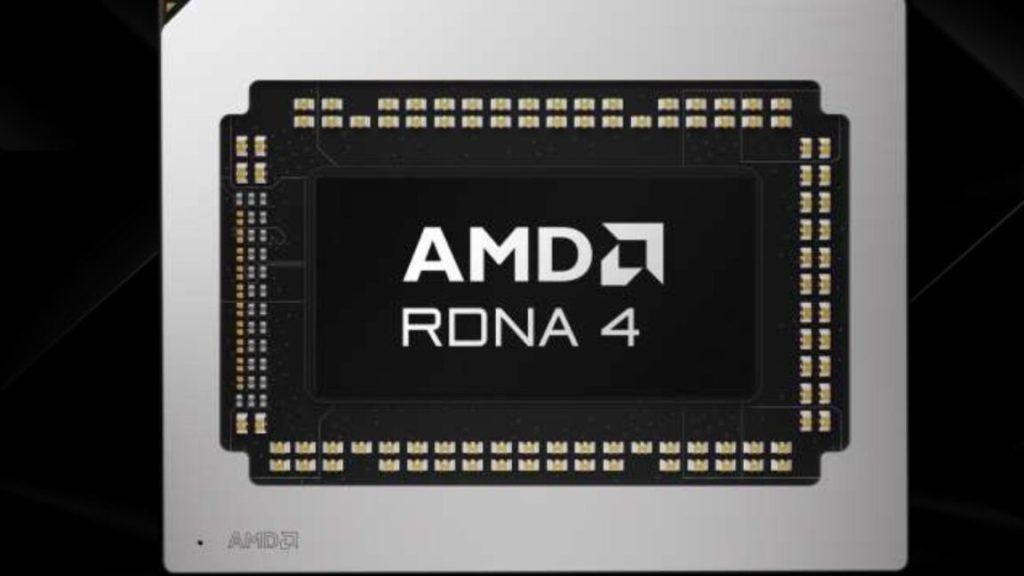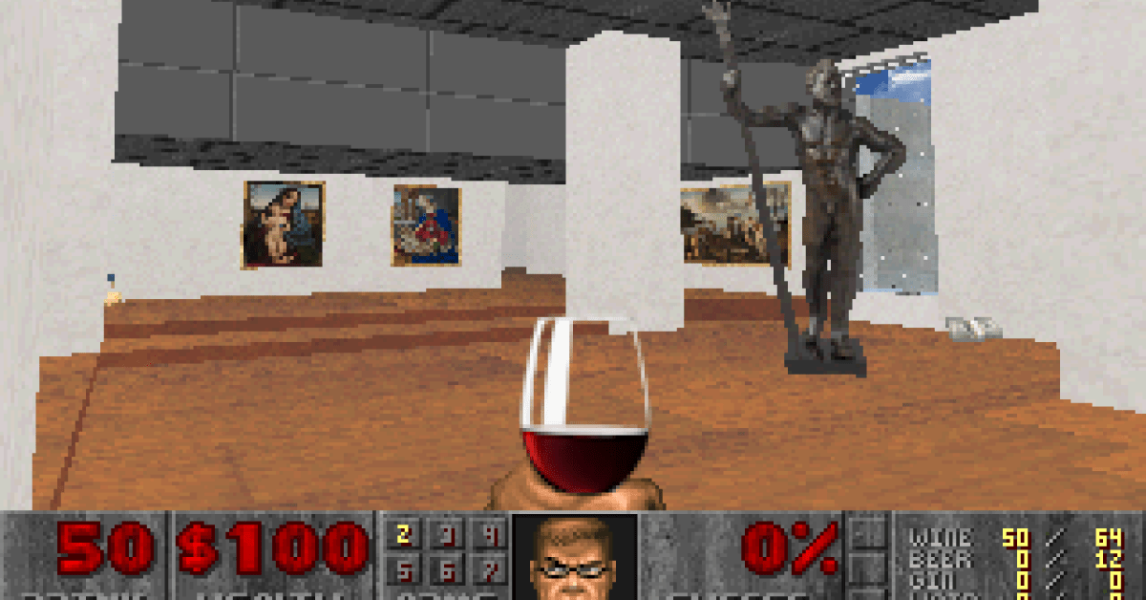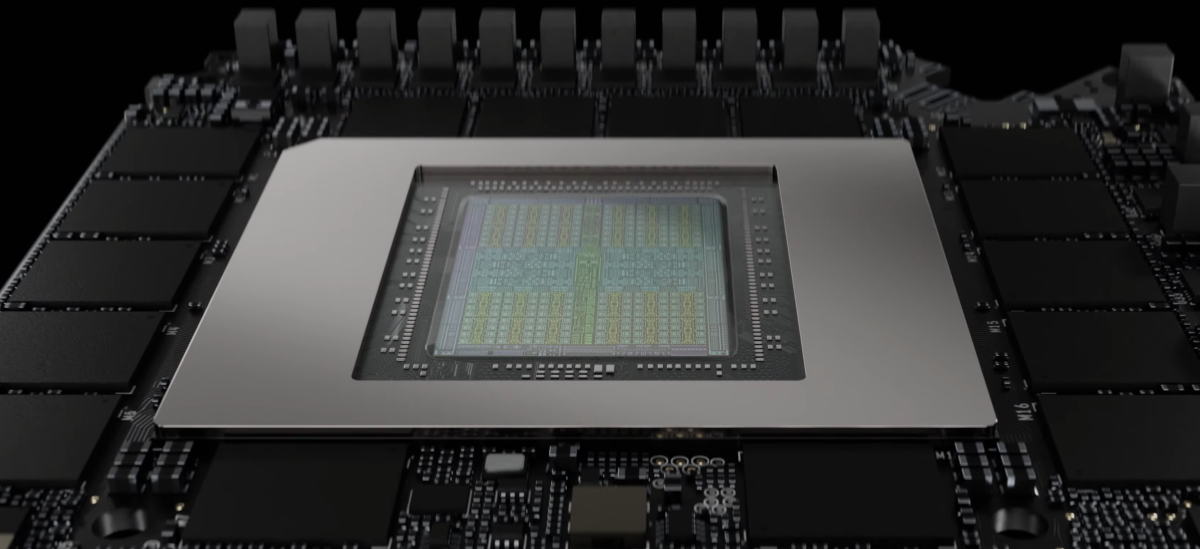New Radeon RX 9000 GPUs promise to fix two of AMD’s biggest weaknesses – Ars Technica

Better ray tracing and ML-backed FSR upscaling could close the gap with Nvidia.
Nvidia is widely expected to announce specs, pricing, and availability information for the first few cards in the new RTX 50 series at its CES keynote later today. AMD isn’t ready to get as specific about its next-generation graphics lineup yet, but the company shared a few morsels today about its next-generation RDNA 4 graphics architecture and its 9000-series graphics cards.AMD mentioned that RDNA 4 cards were on track to launch in early 2025 during a recent earnings call, acknowledging that shipments of current-generation RX 7000-series cards were already slowing down. CEO Lisa Su said then that the architecture would include “significantly higher ray-tracing performance” as well as “new AI capabilities.”The preview the company is providing today provides few details beyond those surface-level proclamations. The compute units will be “optimized,” AI compute will be “supercharged,” ray-tracing will be “improved,” and media encoding quality will be “better,” but AMD isn’t providing hard numbers for anything at this point. The RDNA 4 launch will begin with the Radeon RX 9070 XT and 9070 at some point in Q1 of 2025, and AMD will provide more information “later in the quarter.”The GPUs will be built on a 4 nm process, presumably from TSMC, an upgrade from the 5 nm process used for the 7000-series GPUs and the 6 nm process used for the separate memory controller chiplets (AMD hasn’t said whether RDNA 4 GPUs are using chiplets; the 7000 series used them for high-end GPUs but not lower-end ones).We do know that AMD’s next-generation upscaling algorithm, FidelityFX Super Resolution 4, has been “developed for AMD RDNA 4,” and it will be the first version of FSR to use machine learning-powered upscaling. Nvidia’s DLSS and Intel’s XeSS (when running on Intel GPUs) also use ML-powered upscaling, which generally leads to better results but also has stricter hardware requirements than older versions of FSR. AMD isn’t saying whether FSR 4 will work on any older Radeon cards.If the company really can significantly improve ray-tracing performance, it would erase one of the bigger caveats of the RX 6000 or RX 7000 series GPUs. Even when these cards could match or beat comparable Nvidia cards in non-ray-traced games, enabling ray-tracing effects was usually enough to put Nvidia in the lead again. Closing the gap would definitely make it easier to recommend Radeon cards.One new tweak coming with the RX 9000 series—and yes, we are skipping over the 8000 series entirely outside of a handful of laptop GPUs based on the RDNA 3.5 architecture—is a shift to a more Nvidia-like naming scheme. The new names move the most important number from the second digit to the third. What would have been called the RX 9700 is now called the RX 9070, and so on down the line.AMD’s justification for the change is that it wants buyers to be able to compare Radeon cards more directly to the performance levels of Nvidia’s GeForce cards—though it’s hard to say whether scooting a number one digit to the right actually makes this easier. But AMD is also positioning the first round of Radeon 9000 cards against current-generation RTX 40-series GPUs; the 9070 XT and 9070 are meant to compete with the RTX 4070 Ti and RTX 4070, while the 9060 series will compete with the RTX 4060 and 4060 Ti.How much all of this gets upended by the RTX 50 series is anyone’s guess, though looking at leaked specs, it doesn’t appear that any card other than the 5090 is really getting a huge bump in core count, memory bus width, or memory capacity—we expect each of Nvidia’s new cards to be a solid upgrade but not a seismic shift.AMD’s chart does tacitly admit that the company doesn’t (currently) have a response to Nvidia’s 4080 or 4090 in the works or a true replacement for last generation’s top-tier RX 7900 XTX flagship. If an RX 9080 or 9090 series is in development at AMD, the company isn’t talking about either of them yet.
Listing image:
AMD
Ars Technica has been separating the signal from
the noise for over 25 years. With our unique combination of
technical savvy and wide-ranging interest in the technological arts
and sciences, Ars is the trusted source in a sea of information. After
all, you don’t need to know everything, only what’s important.



